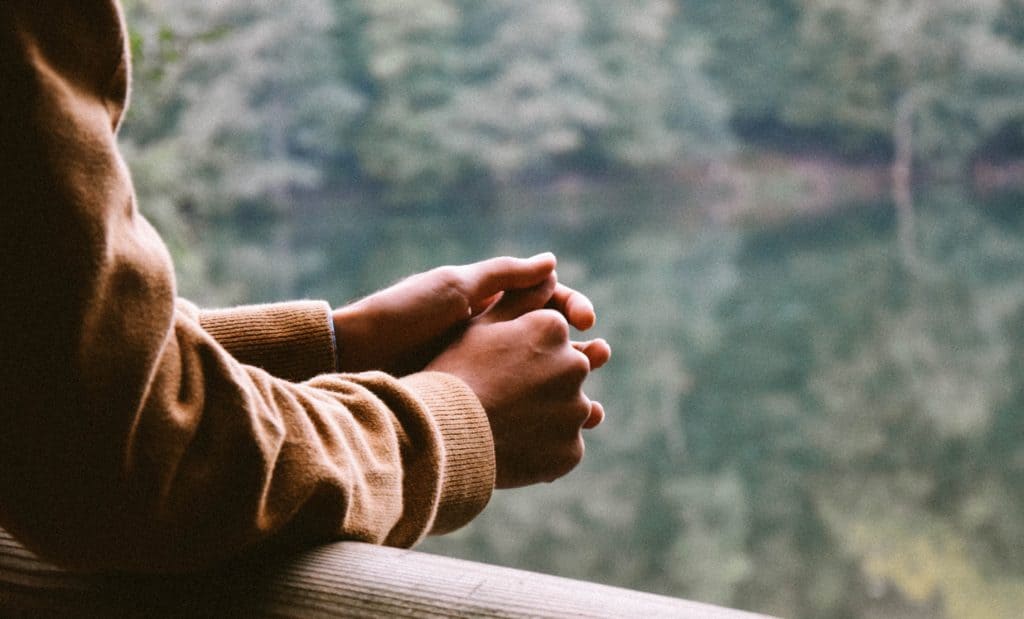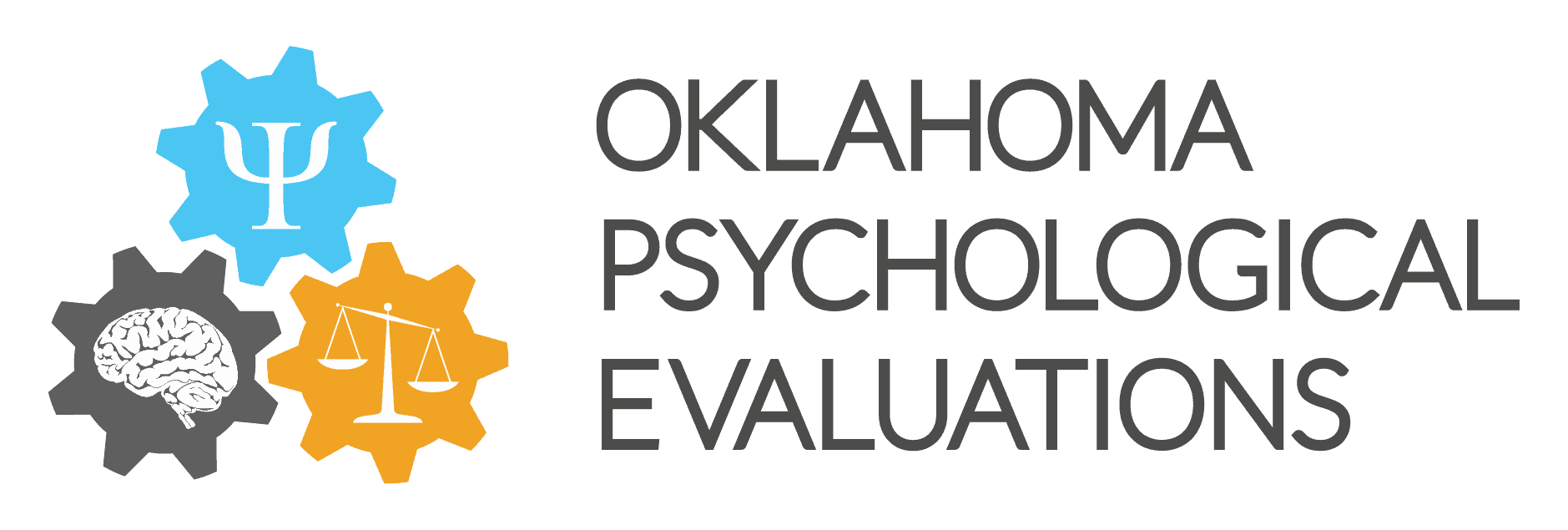
23 Jul Kinds of Depression
There are many different types of depression.
We will look at four major categories of depression.
Brief reactive depression
This type of depression is often known as grief, and occurs in response to a variety of losses including the loss of a loved one, friend, the loss of a job, the loss of physical health, a major financial set-back, or a response to life changes such as a promotion. Reactive depression, or grief, may initially be severe with symptoms gradually lessening over time. A significant loss such as the death of a child, or unexpected divorce, may take people up to two years to recover significant levels of functioning. Reactive depression may include sad mood, anger, and any of the other depressive symptoms listed above.
Major Depression
Major depressive episodes are severe and incapacitating. During major depression people are often unable to function at school, work, or take care of responsibilities. Major depression can be triggered by stressful events or significant loss. Major depression can be categorized as mild, moderate, severe, or severe with psychotic features. During a major depressive episode the mood is significantly more depressed and there is a significant increase in symptoms over a person’s normal pattern. Generally during a major depression, clients do not experience good days. Once a person recovers from a major depressive episode, they may never experience depression again, or the depression may be recur.
Dysthymia (Chronic Low Grade Depression)
Dysthymia is often characterized by poor self-esteem, self-depreciation, guilt, hopelessness, worry, and helplessness. Symptoms may also include any of the others symptoms from the checklist above. Dysthymia is generally a chronic condition lasting for many months to an entire lifetime. Generally symptoms of dysthymia are less severe than major depression. There may be good periods, but these are generally of short duration.
Bipolar (Manic-Depressive) Disorder
In manic depressive episodes there are wide mood swings that include severe symptoms of depression as indicated above, with alternating periods of manic behavior. Symptoms of a manic episode include:
+ A significantly elevated mood
+ Symptoms of extremely high self-esteem or grandiosity
+ Decreased need for sleep
+ Being more talkative than usual, difficulty being quiet
+ Extreme distractibility
+ Difficulty controlling extreme and excessive urges to: spend money, engage in sexual behavior, or other out of control behaviors
In order to be diagnosed with manic-depressive disorder, a person must have experienced alternating periods of severe depression and manic behavior or mood. For some people with manic-depressive disorder, the mood may switch from extreme depression to extremely elevated mood in just a few minutes. For other people with manic-depressive disorder, the mood swing from extreme low to extreme high may take months or years with periods of relative normal functioning in between.
Often the client experiencing a manic episode does not recognize that there is anything abnormal about their mood or behavior. They report “feeling good.” Family members are the most distressed and recognize that something is wrong.
Getting Help With Depression
Help starts with a clear diagnosis. We need to understand which type of depression you have in order to come up with an effective action plan. We can help you start the process to overcome depression.


No Comments